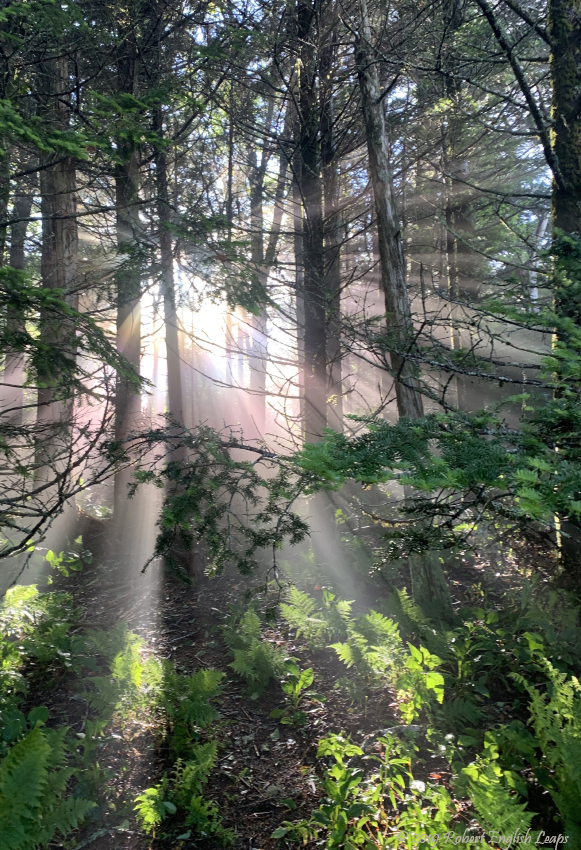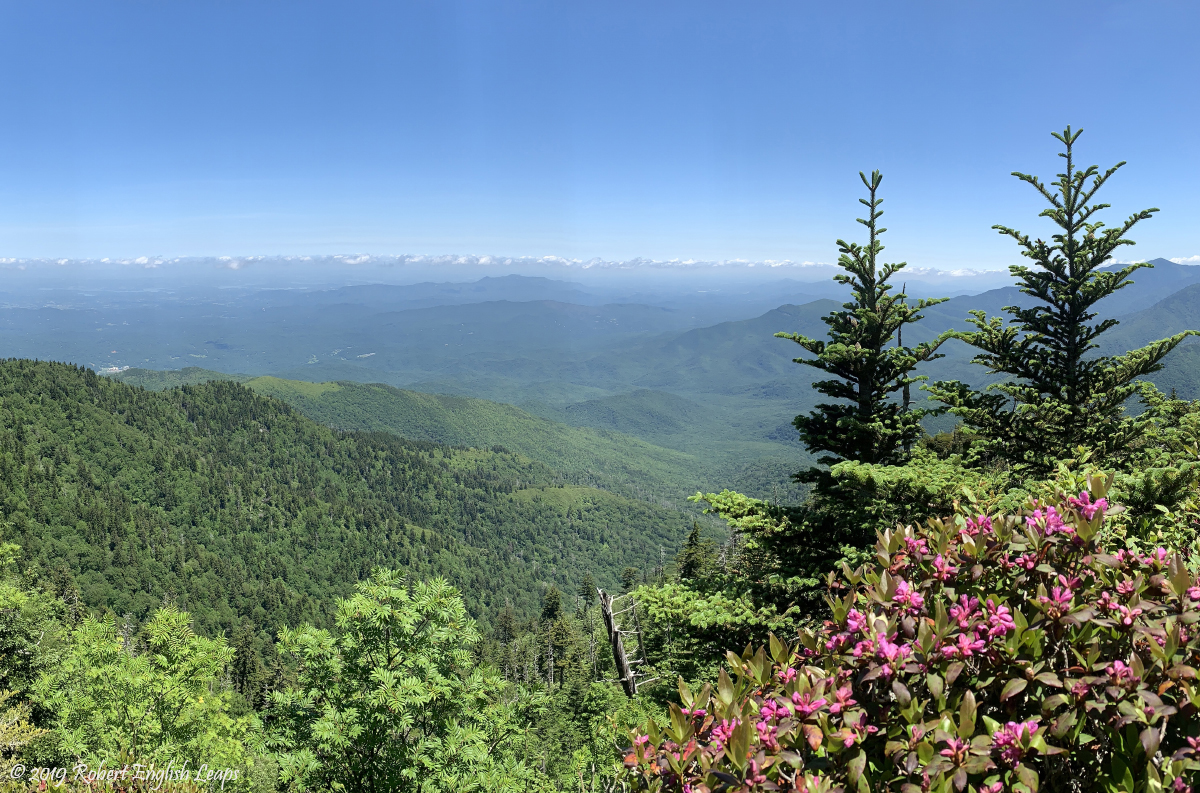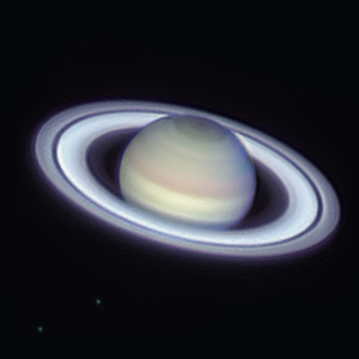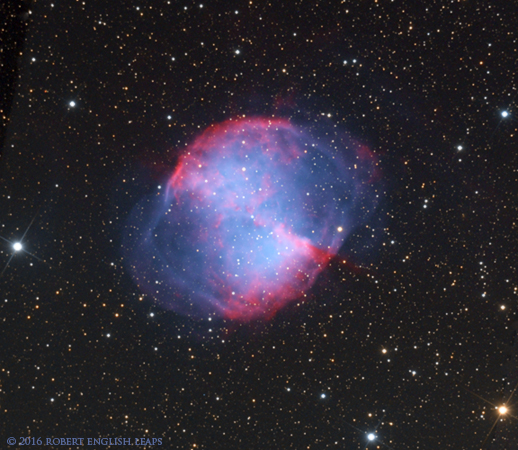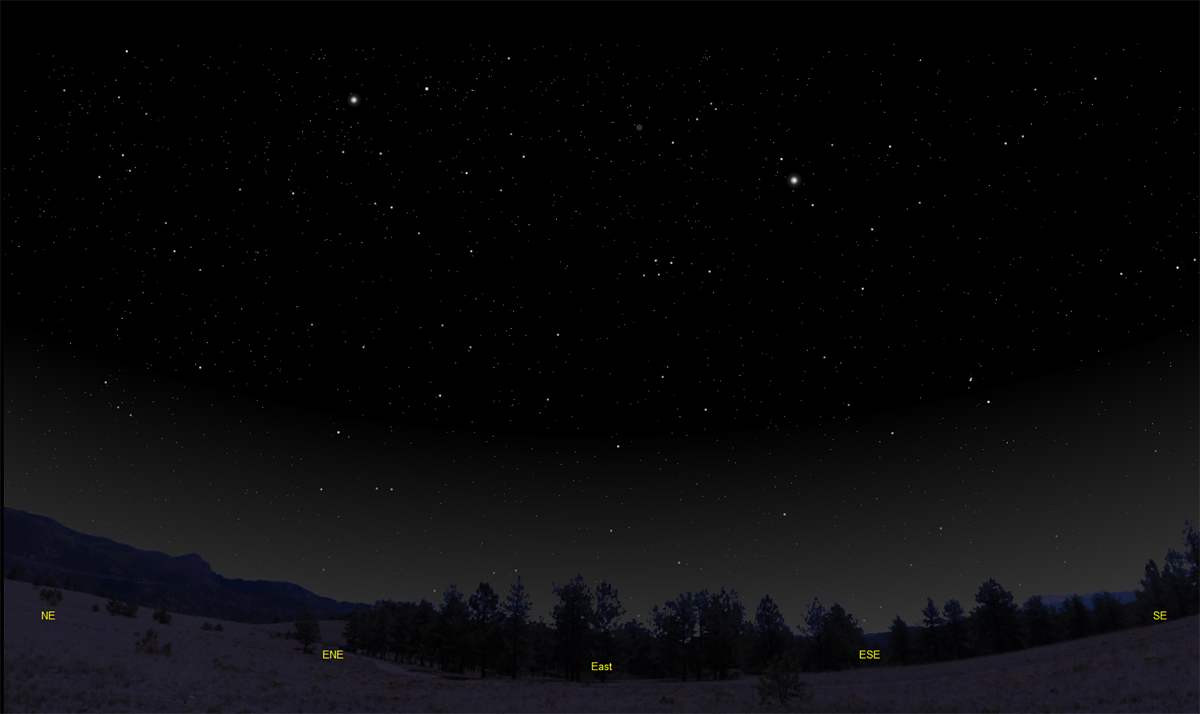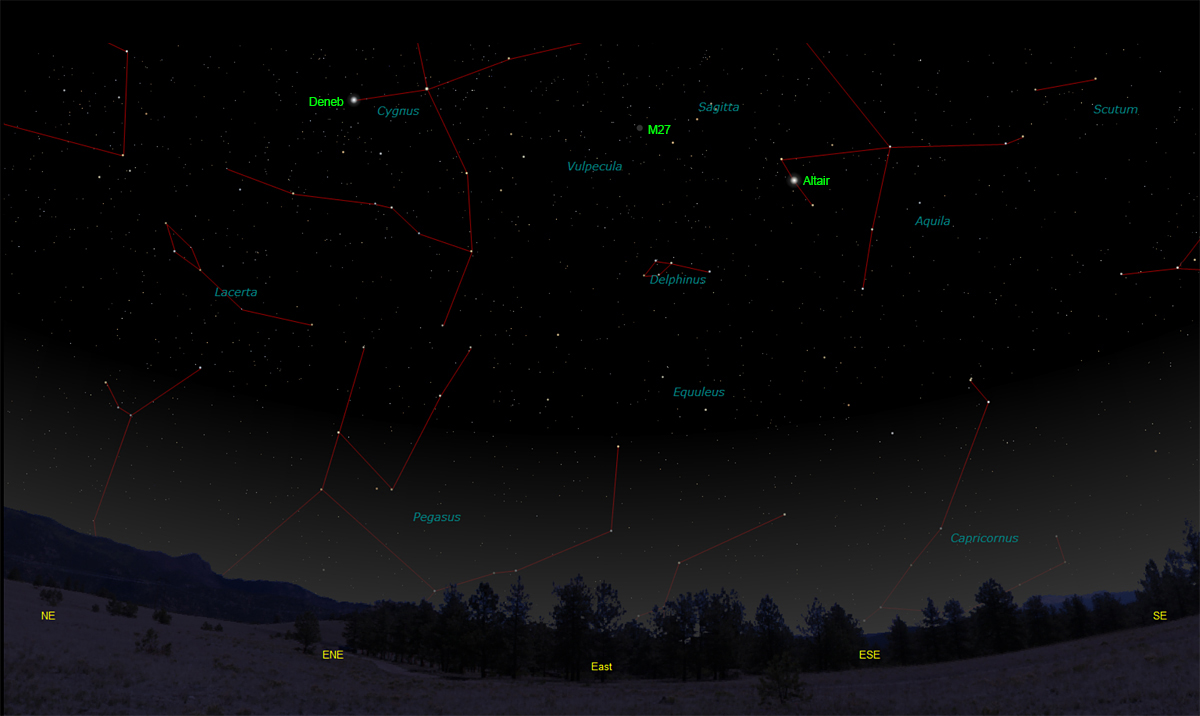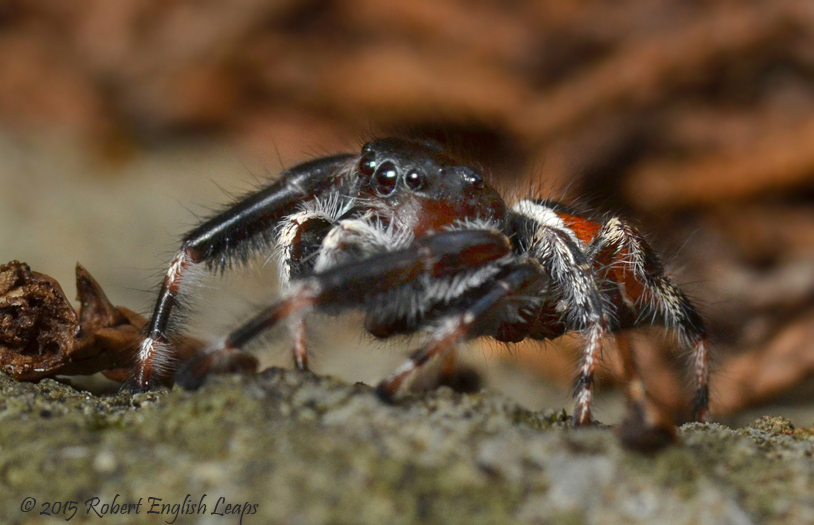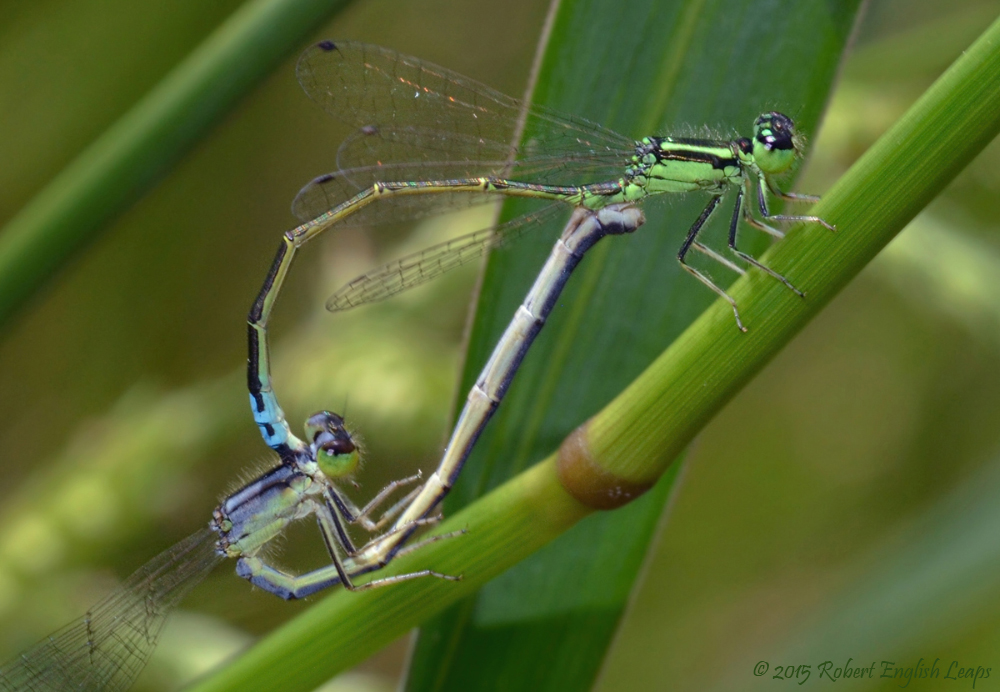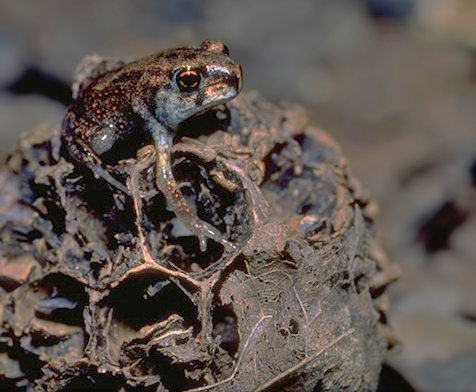The purpose of this feature is to give scout leaders, educators and naturalists an idea of some of the natural events coming up each month. We will try to cover a variety of natural events ranging from sky events to calling periods of amphibians, bird and mammal watching tips, prominent wildflowers and anything else that comes to mind. We will also note prominent constellations appearing over the eastern horizon at mid-evening each month for our area for those who would like to learn the constellations. If you have suggestions for other types of natural information you would like to see added to this calendar, let us know! Note: You can click on the hyperlinks to learn more about some of the featured items. To return to the Calendar, hit the "back" button on your browser, NOT the "back" button on the web page. All charts are available in a "printer friendly" mode, with black stars on a white background. Left clicking on each chart will take you to a printable black and white image. Though we link book references to nationwide sources, we encourage you to support your local book store whenever possible.
Notes From June 2019
After completing the roof on my observatory, it was nice to take a hike on June 21st, the first day of summer in the Northern Hemisphere. I looked forward to getting back to the Smokies. We would take the Appalachian Trail from Newfound Gap up Mount Ambler to the Boulevard Trail, then take that trail to Mount Le Conte, making the short loop to Myrtle Point on the way. Then it would be about 3,000 feet of downhill from the summit down the Alum Cave Bluff Trail to where we left one of our cars. The total distance was 15.3 miles. We left Townsend in the dark to get an early start on the trail. Clouds were drifting over Mount Ambler as we reached the summit. As we turned down a little side trail towards an overlook. I looked to my left to see sunlight backlighting the clouds and creating a sunburst! The slanting beams of light lit up the ferns on the forest floor. I took a second just to admire the view, then took the image at right. Several Hermit Thrushes sang their flute-like songs as we began our trek down the Boulevard Trail. Winter Wrens and Red-breasted Nuthatches also helped greet the sun. Black-throated Green and Black-throated Blue Warblers called from the Rhododendron. A Brown Creeper worked it's way up a tree beside the trail. The views were wonderful! Much of the time we walked right on the spine of the mountains, the terrain falling away rapidly on each side of the trail. We felt like we could see forever. Then came the climb up to Myrtle Point and its spectacular 360-degree vista. We made our way to the summit of Mount Le Conte and stopped briefly at the Mount Le Conte Lodge. After a snack at the shelter, we headed down the Alum Cave Bluff Trail.
My legs complained a bit on the long downhill to the trailhead, but we had more good views as we descended. A Veery sang its beautiful ethereal song. We arrived at the trailhead feeling tired, but what a way to begin the summer! Sky Events for July 2019: The Delta Aquariid Meteor Shower peaks in the morning hours of July 30th. The Moon will not interfere with the shower this year. The Earth is at aphelion, its farthest distance from the Sun in 2019, on July 4th.
Morning Sky:
Evening Sky: Mercury is visible low in the western sky after sunset the first few days of the month, but then disappears from view. Both Mercury and Mars are above and to the left of a very thin crescent Moon on July 3rd. Jupiter is in Ophiuchus this month, and can be spotted above the southeastern horizon at dusk. It's about 45 seconds of an arc in apparent diameter at the beginning of the month. Saturn us is visible low in the southeastern sky at dusk. The ringed planet is in Sagittarius, just to the left of "the teapot". Saturn will reach opposition on July 9th. Wait until both Saturn and Jupiter are due south to get the best telescopic views.
On Learning the Constellations: Try learning a few constellations each month, and then following them through the seasons. Once you associate a particular constellation coming over the eastern horizon at a certain time of year, you may start thinking about it like an old friend, looking forward to its arrival each season. The stars in the evening scene above, for instance, will always be in the same place relative to the horizon at the same time and date each July. Of course, the planets do move slowly through the constellations, but with practice you will learn to identify them from their appearance. In particular, learn the brightest stars (like Deneb and Altair in the above scene), for they will guide you to the fainter stars. Once you can locate the more prominent constellations, you can "branch out" to other constellations around them. It may take you a little while to get a sense of scale, to translate what you see on the computer screen or what you see on the page of a book to what you see in the sky. Look for patterns, like the stars that make up the constellation Cygnus. The earth's rotation causes the constellations to appear to move across the sky just as the sun and the moon appear to do. If you go outside earlier than the time shown on the charts, the constellations will be lower to the eastern horizon. If you observe later, they will have climbed higher. As each season progresses, the earth's motion around the sun causes the constellations to appear a little farther towards the west each night for any given time of night. If you want to see where the constellations in the above figures will be on August 15th at 10:45pm EDT, you can stay up till 12:45am EDT on July 16th and get a preview. The westward motion of the constellations is equivalent to two hours per month. Recommended: Sky & Telescope's Pocket Star Atlas is beautiful, compact star atlas. A good book to learn the constellations is Patterns in the Sky, by Hewitt-White. You may also want to check out at H. A. Rey's classic, The Stars, A New Way to See Them. For sky watching tips, an inexpensive good guide is Secrets of Stargazing, by Becky Ramotowski.
A good general reference book on astronomy is the Peterson
Field Guide,
A Field Guide to the Stars and Planets, by Pasachoff. The book retails for around $14.00.
The Virtual Moon Atlas is a terrific way to learn the surface features of the Moon. And it's free software. You can download the Virtual Moon Atlas here. Apps: We really love the Sky Safari 6 Pro. It is available for both iOS and Android operating systems. There are three versions. The Pro is simply the best astronomy app we've ever seen. The description of the Pro version reads, "includes over 100 million stars, 3 million galaxies down to 18th magnitude, and 750,000 solar system objects; including every comet and asteroid ever discovered." A nother great app is the Photographer's Ephemeris. Great for finding sunrise, moonrise, sunset and moonset times and the precise place on the horizon that the event will occur. Invaluable not only for planning photographs, but also nice to plan an outing to watch the full moon rise. Available for both androids and iOSSpiders:
"Why Spiders? Why couldn't it be, 'Follow the butterflies?"' Ron Weasley, Harry Potter and the Chamber of Secrets, J.K. Rowling Let's face it. Spiders have an image problem. I do enough photography, and have led enough night hikes, that I don't react much to them. Still, they can be kind of scary. If I were to pick on ambassador for the spider world it would be the jumping spider. Jumping spiders are in the family Salticidae, the largest spider family in the world. There are over 6,000 species. They come in a wide variety of body shapes and sizes, and some of them are brightly colored. Nature does not do this without a reason, and certain species have a visual spectrum that goes far beyond our own. There is an great article here on the ability of some spiders to see this extended visual spectrum. If you don't have time to read the entire article, please check out the spectactular video (named Peacock Spider 7) by Jurgen Otto. It shows the incredible mating display of Australian Peacock Spiders. If you watch the video to the end, perhaps a subtitle for the video might be, "Maybe I'm trying too hard." I cerainly respect spiders but I've really come to appreciate the colors and the behavior of jumping spiders. They often stop and look up at you if you approach to take their photograph. One day, while photographing a jumper, I lost sight of it through the viewfinder. It just disappeared. I went on about my day. I was working on an all taxa biodiversity inventory for the Owl's Hill Nature Sanctuary in Brentwood, Tennessee, and I spent the next two hours photographing dragonflies (see below). Then I pulled out the same lens I had been using with the spider and put it on my camera. When I pulled off the lens cap, there the spider was none the worse for riding around on my camera lens. I took a few more images and then let it go.
While humans have two sets of muscles that extend our limbs and retract them, spiders have only one. The ability to extend their limbs comes from a sort of hydraulic pressure created inside them. Pressure increases cause the legs to extend. That's why you often find a dead spider with all its legs contracted. It's lost the internal pressure. This type of locomotion may be why a spider's movement seems a little alien to us, and a little scary. But it's amazing to me that a jumping spider can use this system to jump with tremendous precision. Whatever your views on spiders, they definitely are beneficial to the environment. If you want to know how many spiders there are in a field, go out some night with a flashlight, put it beside your temple, and look at all the diamond-like spider eyes looking back at you. You can walk down the flashlight beam and usually find the spider whose eyeshine you have seen. Now think about how many more pest species we would have if that many spiders were taken out of the environment! Am I glad that we're big and they're small? You bet! But next time you see one of these little marvels, take a moment to appreciate them. Insects:
Another group of species said to have a high level of color vision are the Forktails. The Forktails are a type of Damselfly, and are much smaller than most dragonflies that you see coursing over the surface of a pond. But if you take the time to find them, they are unusually intricate and beautifully patterned. Amphibians:
Recommended: The Frogs and Toads of North America, Lang Elliott, Houghton Mifflin Co. Archives (Remember to use the back button on your browser, NOT the back button on the web page!) Natural Calendar February 2019 Natural Calendar December 2018 Natural Calendar November 2018 Natural Calendar September 2018 Natural Calendar February 2018 Natural Calendar December 2017 Natural Calendar November 2017 Natural Calendar October 2017Natural Calendar September 2017 Natural Calendar February 2017 Natural Calendar December 2016 Natural Calendar November 2016 Natural Calendar September 2016Natural Calendar February 2016 Natural Calendar December 2015 Natural Calendar November 2015 Natural Calendar September 2015 Natural Calendar November 2014 Natural Calendar September 2014 Natural Calendar September 2013 Natural Calendar December 2012 Natural Calendar November 2012 Natural Calendar September 2012 Natural Calendar February 2012 Natural Calendar December 2011 Natural Calendar November 2011 Natural Calendar September 2011 Natural Calendar December 2010 Natural Calendar November 2010 Natural Calendar September 2010 Natural Calendar February 2010 Natural Calendar December 2009 Natural Calendar November 2009 Natural Calendar September 2009 Natural Calendar February 2009 Natural Calendar December 2008 Natural Calendar November 2008 Natural Calendar September 2008 Natural Calendar February 2008 Natural Calendar December 2007 Natural Calendar November 2007 Natural Calendar September 2007 Natural Calendar February 2007 Natural Calendar December 2006 Natural Calendar November 2006 Natural Calendar September 2006 Natural Calendar February 2006
Natural Calendar December 2005
Natural Calendar November 2005
Natural Calendar September 2005
Natural Calendar February 2005
Natural Calendar December 2004
Natural Calendar November 2004
Natural Calendar September 2004
Natural Calendar February 2004
Natural Calendar December 2003
Natural Calendar November 2003 Natural Calendar February 2003 Natural Calendar December 2002 Natural Calendar November 2002 Nature Notes Archives: Nature Notes was a page we published in 2001 and 2002 containing our observations about everything from the northern lights display of November 2001 to frog and salamander egg masses. Night scenes prepared with The Sky Professional from Software Bisque All images and recordings © 2019 Leaps
|
|
